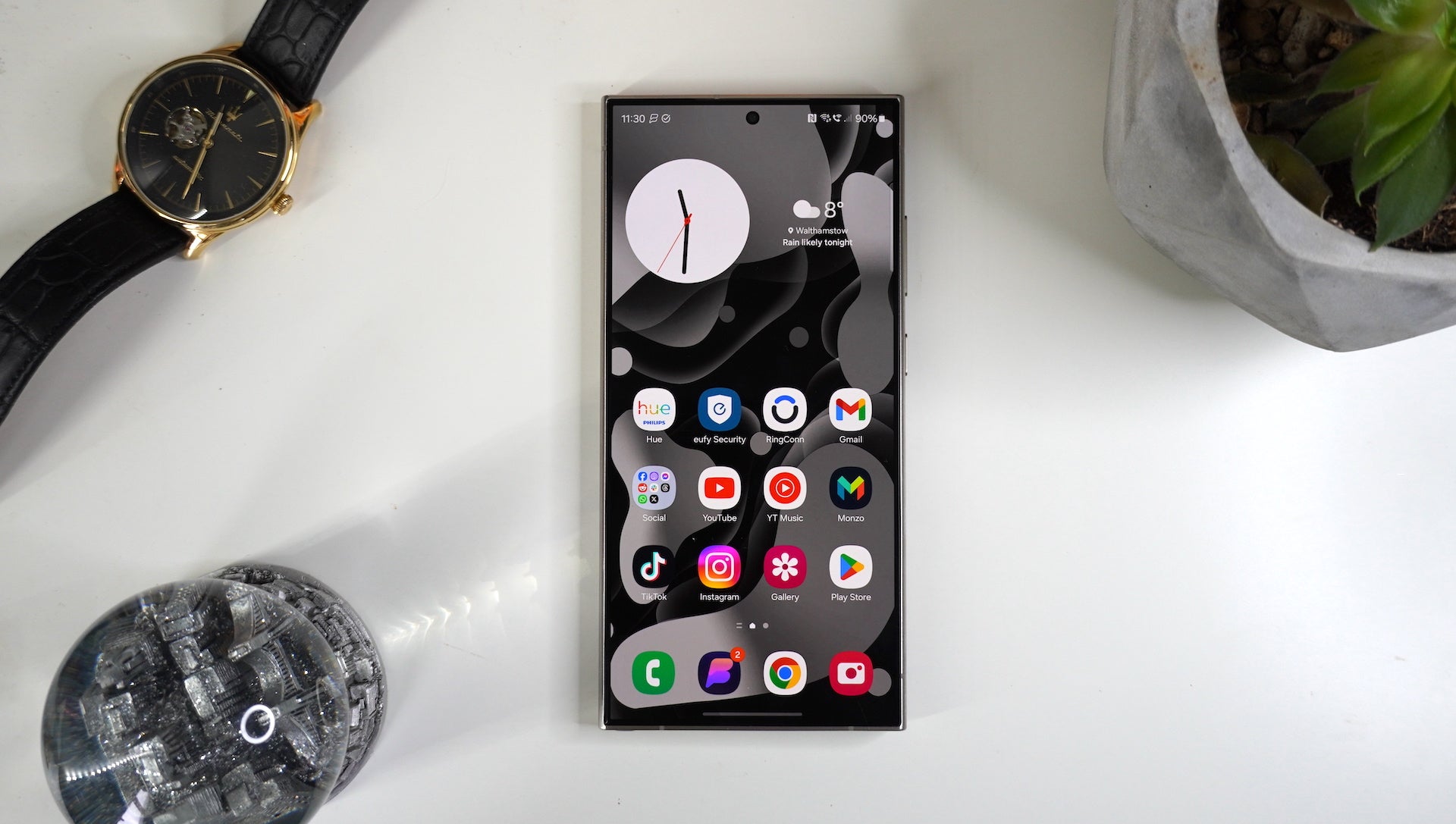Galaxy S24 vs Galaxy S23: What’s the difference?
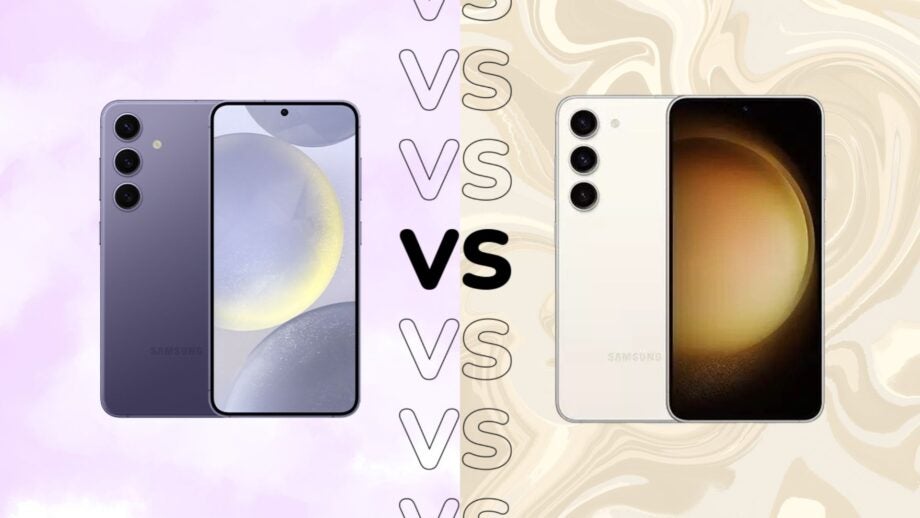
Promising new upgrades and a focus on AI, the Samsung Galaxy S24 launched in early 2024 as the direct successor to the Samsung Galaxy S23. Both are offered as the base option in their respective S series.
We’ve compared the Samsung Galaxy S24 and Samsung Galaxy S23 to show you the similarities and differences between the two. Keep reading to see how the smartphones compare and help you decide which model to opt for.
Pricing and availability
As the newer Samsung Galaxy handsets of the two, it’s no surprise that the S24 is more expensive than the S23 as it currently starts at £799 / €899.00 / $799.99.
Alternatively the Samsung Galaxy S23 starts at £699.00 / €799.00 / $699.99.
Design
The Samsung Galaxy S24 and S23 both share an overall similar design, but there are a few key differences to note. Firstly the S24 has a marginally bigger display at 6.2 inches whereas the S23 measures at 6.1 inches, and the bezel is thinner and more uniform too. Both are equipped with AMOLED displays too.
Although both handsets are equipped with Armor Aluminium, the Galaxy S24 boasts a 17% stronger version compared to the S23.
Both handsets have a maximum refresh rate of 120Hz for smooth scrolling and animations, however the S24 can move between 1Hz and the maximum 120Hz automatically, whereas the S23 can only go down to 48Hz instead.
The S24 also has a higher maximum peak brightness of 2600 nits compared to the S23’s 1250 nits which is boosted to 1750 nits when watching HDR content.
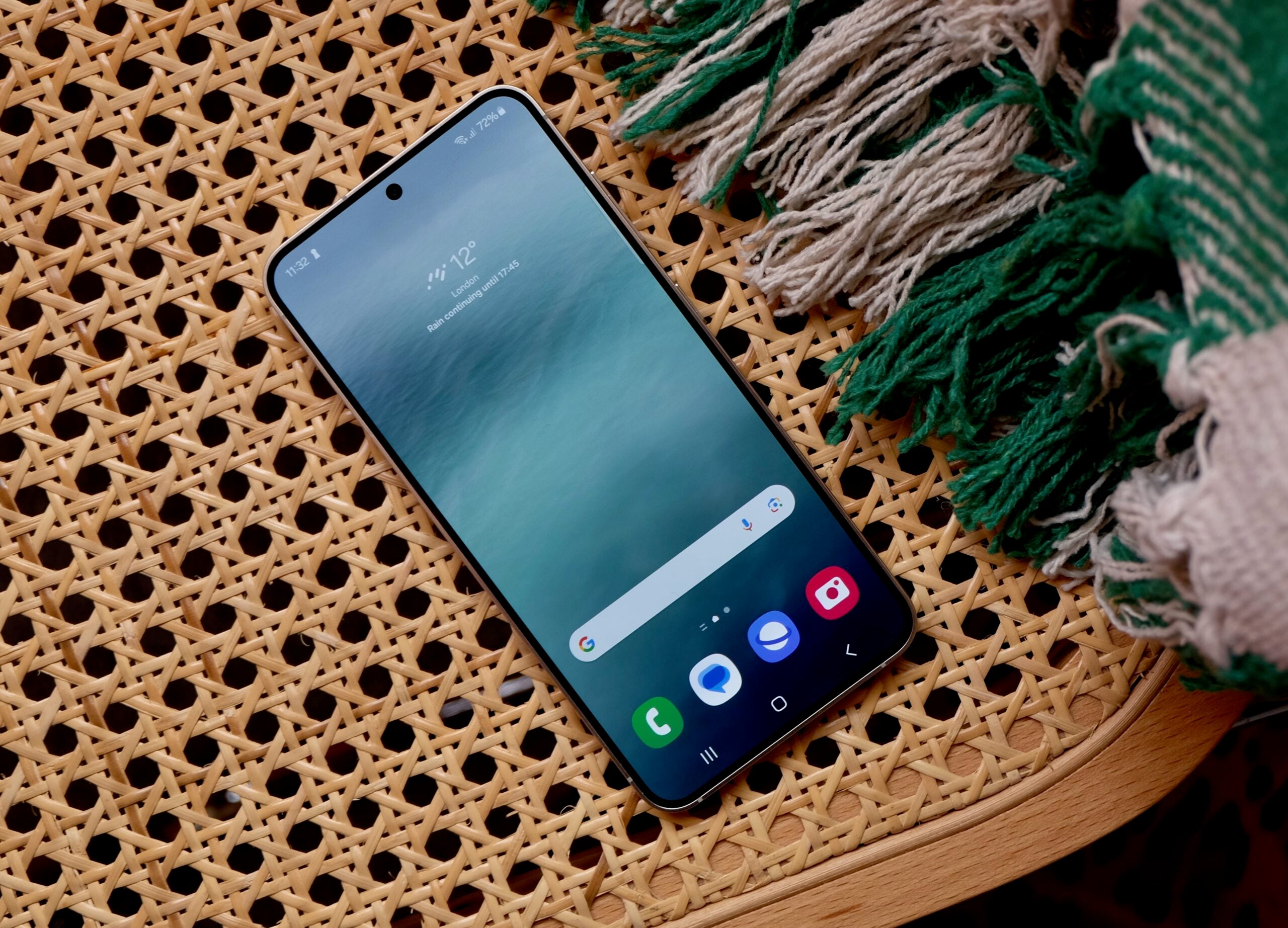
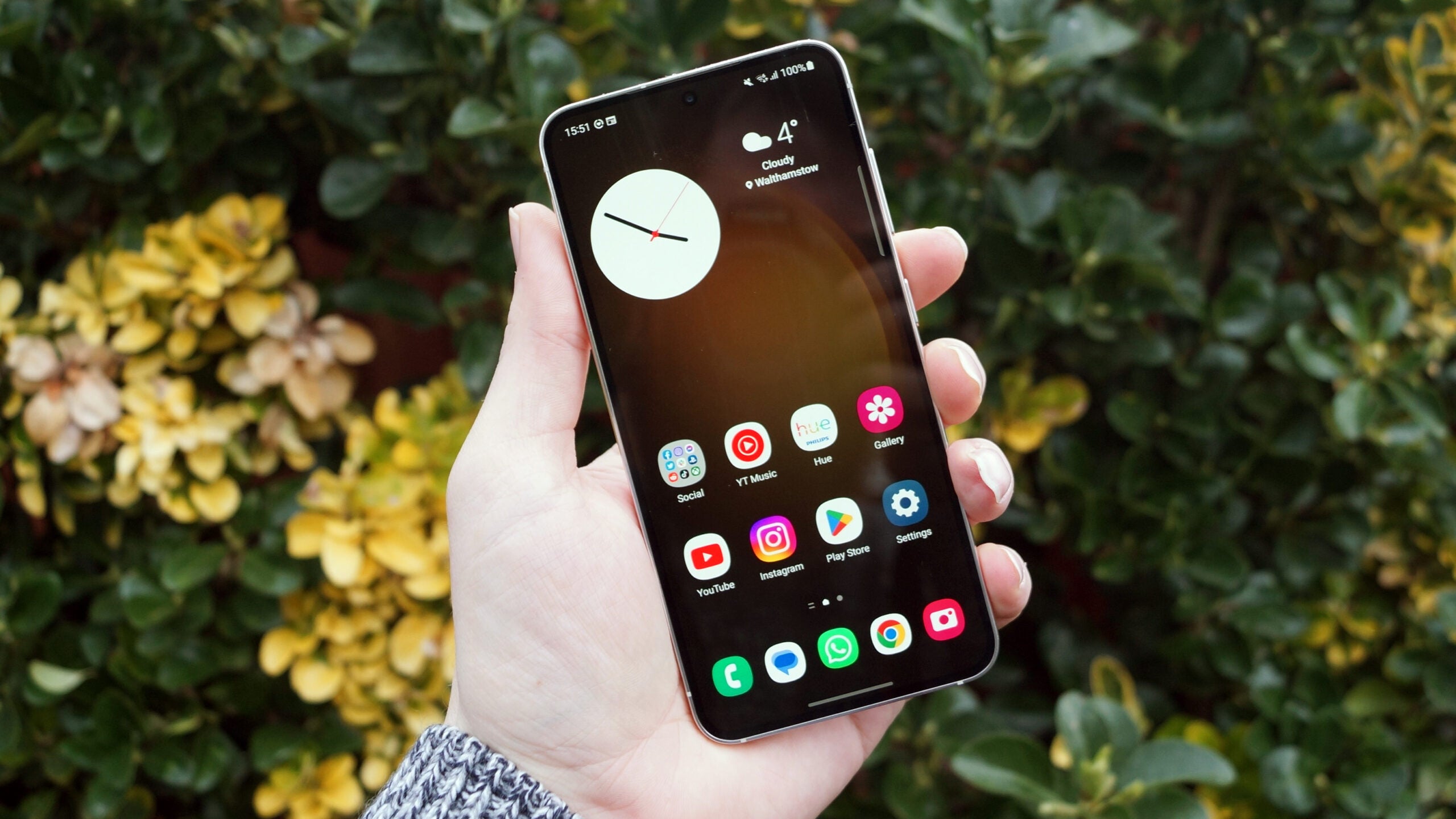
Camera
The camera setup on the Galaxy S24 is unchanged from the Galaxy S23, as both feature a trio of cameras at the rear, which include a main 50MP sensor, 10MP telephoto and 12MP ultrawide. This actually is the same set-up as the earlier Samsung Galaxy S22 too.
Both handsets’ main lens offers versatility that does well in various lighting conditions, with our Mobile Editor, Lewis Painter, reporting that the S23 “uses the 50MP sensor and f/1.8 aperture to squeeze every little bit of light and detail from low-light environments.”
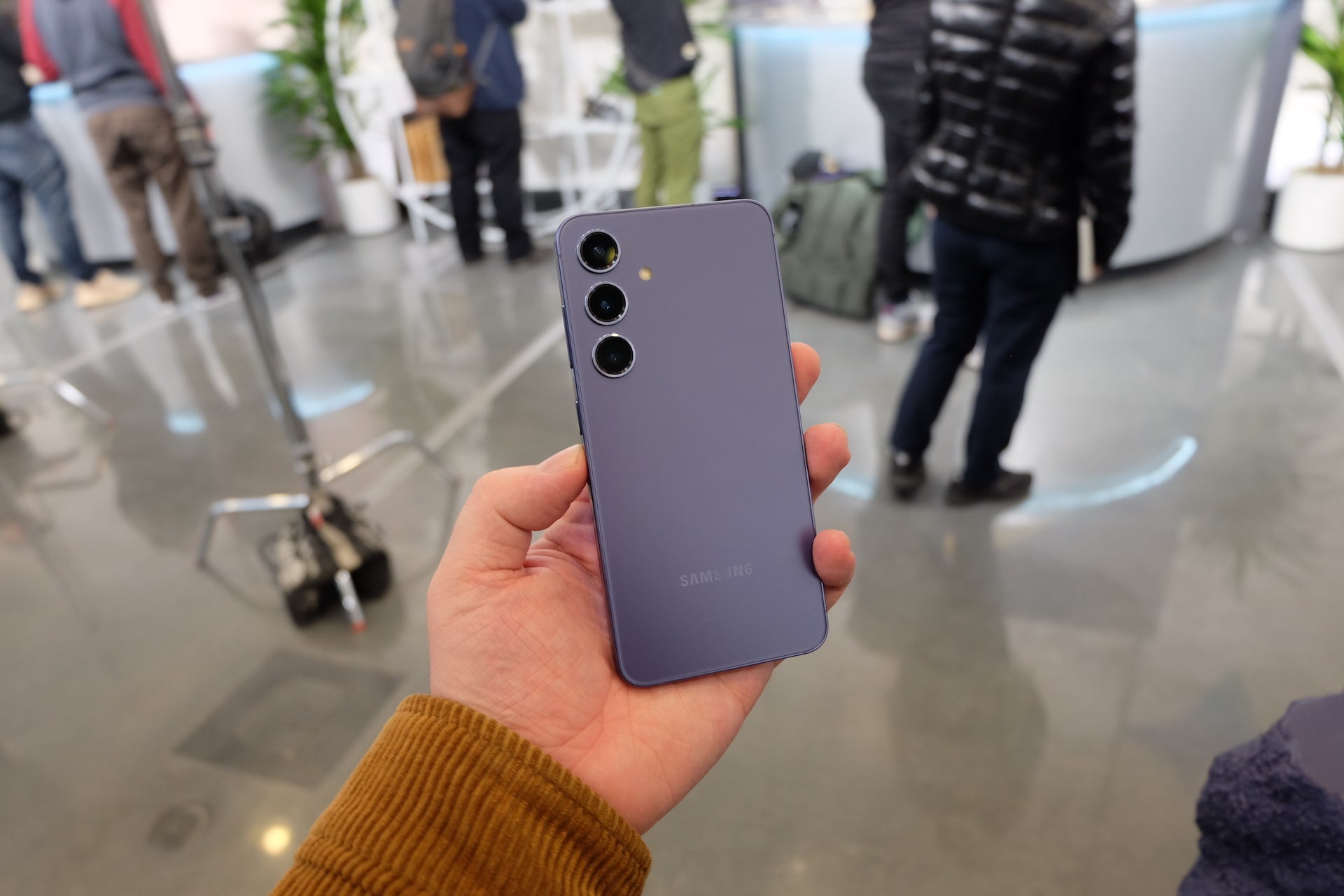
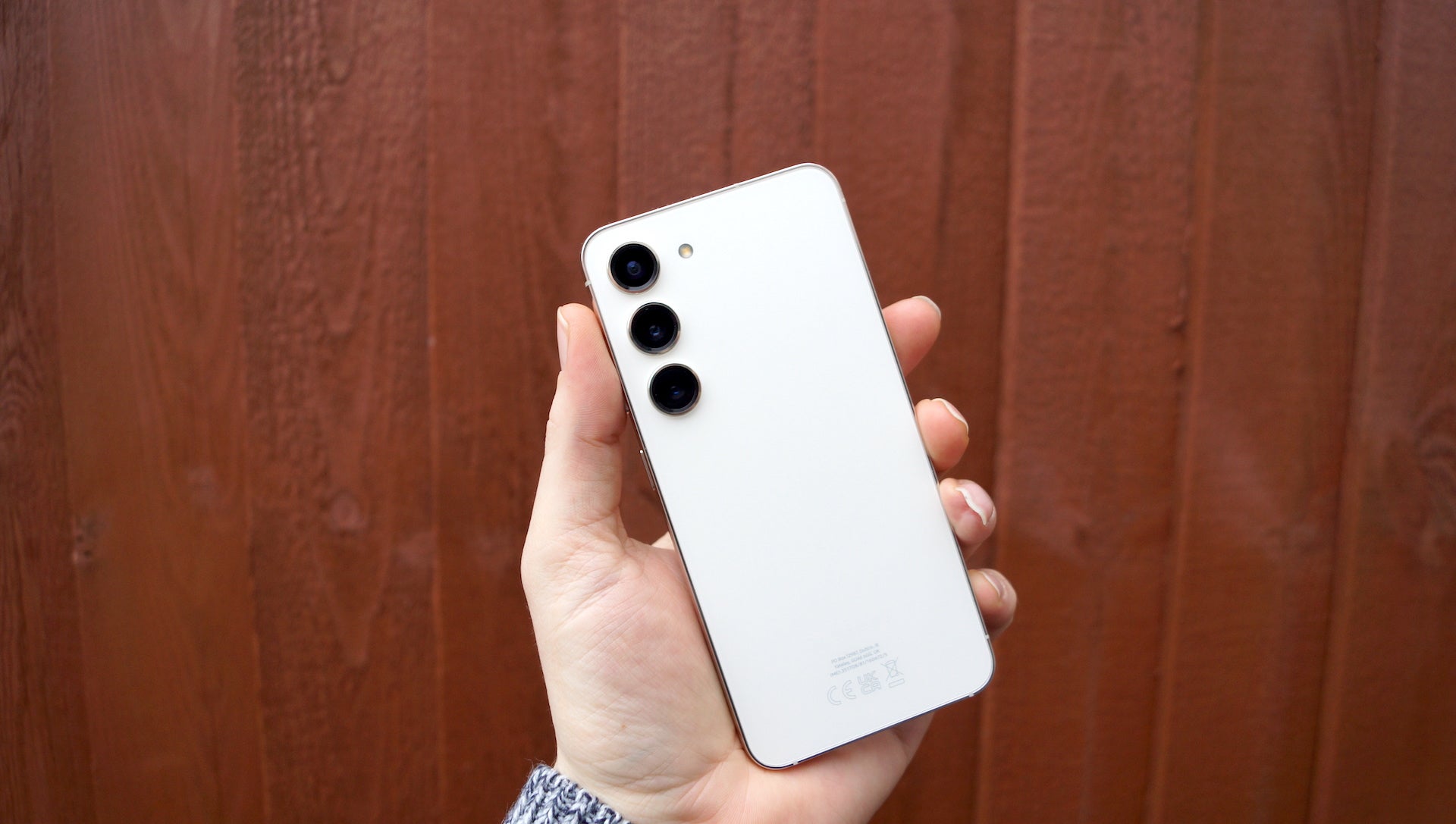
The main difference between the two cameras is not the hardware itself but with the inclusion of Galaxy AI, which is only found in the S24.
Galaxy AI includes multiple features that harness AI to enhance the experience of your phone, which includes photo editing. For example, you can easily remove distractions or objects from your photo and Galaxy AI will provide an accurate generative fill.


Performance
As mentioned above, a key new feature comes with the inclusion of Galaxy AI in the S24. Not just for photo editing, there’s also a live translation tool which allows you to converse seamlessly with someone in another language, as well as a Notes app that transcribes conversations in real-time and even summarises recordings into easy-to-digest bullet points.
Galaxy AI aside there are a few other notable differences between the S24 and S23’s performance. Firstly, the S24 will run on either one of two processors depending on your location: while the US gets Qualcomm’s Snapdragon 8 Gen 3 for Galaxy, European countries, including the UK will get Samsung’s own Exynos 2400 chipset.
The S23 comes equipped with Qualcomm’s Snapdragon 8 Gen 2 for Galaxy, regardless of the location. We found that the S24’s Exynos 2400 chipset performed better in our benchmark tests, scoring 2137 for single-core and 6658 for multi-core scores compared to the S23’s 1551 single-core and 4819 multi-core scores.
Samsung has said that the S24 will get a massive seven years of OS upgrades, whereas the S23 has only been guaranteed four years of OS upgrades and five years of security updates.
Battery
The difference between the S24 and S23’s batteries is negligible. Although the S24 does have a slightly larger battery capacity of 4000mAh compared to the S23’s 3900mAh, this still does fall short when compared to other Android smartphones. In fact, most Android smartphones now tend to be closer to 5000mAh.
We found an hour of Netflix streaming on the S24 only resulted in 4% battery discharge, which is actually better than the more expensive S24 Ultra. In comparison, we found the S23 resulted in 6% discharge.
In addition, both the S24 and S23 have maximum 25w charging speeds which is quite slow compared to other Android smartphones. We found it took 79 minutes to recharge the S24 from 1-100% and the S23 took 80 minutes.
Verdict
The biggest new addition to the Samsung Galaxy S24 is undoubtedly its new AI powers. From being able to transcribe conversations in real-time, to allowing you to make complex edits to a photo from just a couple of taps, there are plenty of excellent features here that aren’t available on the Galaxy S23.
The Galaxy S24 also has a brighter screen, faster performance and the ability to dynamically reduce the refresh rate all the way down to 1Hz in order to help preserve battery life when inactive.
Beyond all of the above, there aren’t many other upgrades. That means the Galaxy S23 remains a tempting option, especially now you can get it for around £100/$100 less. So the final decision comes down to whether you think those AI features are worth the steeper price. If you like to make lots of tweaks to photos, then it may well be so.




